Forums
- Forums
- Duggy's Reference Hangar
- RAF Library
- The Mustang X
The Mustang X
Post a reply
- Go to Previous topic
- Go to Next topic
- Go to Welcome
- Go to Introduce Yourself
- Go to General Discussion
- Go to Screenshots, Images and Videos
- Go to Off topic
- Go to Works in Progress
- Go to Skinning Tips / Tutorials
- Go to Skin Requests
- Go to IJAAF Library
- Go to Luftwaffe Library
- Go to RAF Library
- Go to USAAF / USN Library
- Go to Misc Library
- Go to The Ops Room
- Go to Made in Germany
- Go to Campaigns and Missions
- Go to Works in Progress
- Go to Juri's Air-Raid Shelter
- Go to Campaigns and Missions
- Go to Works in Progress
- Go to Skinpacks
- Go to External Projects Discussion
- Go to Books & Resources
-
13 years agoSun Sep 05 2021, 08:28pmDuggy
 Main Admin* In April 1942, Rolls-Royce test pilot Ronald Harker visited the RAF Air Fighting Development Unit field at Duxford, and was invited to try out a Mustang. He flew the aircraft for a half-hour and was extremely impressed with it, until he ran into its poor high-altitude performance. He realized that a two-stage Merlin engine was exactly what was needed, and consulted with the Rolls-Royce chief engineer to see what the British engine would do for the American fighter. Studies for a Mustang with a Merlin engine suggested a top speed of 710 KPH (440 MPH) at an altitude of 7.8 kilometers (26,000 feet), well in excess of the capabilities of an Allison Mustang, and possibly even superior than the Spitfire IX in some respects.
Main Admin* In April 1942, Rolls-Royce test pilot Ronald Harker visited the RAF Air Fighting Development Unit field at Duxford, and was invited to try out a Mustang. He flew the aircraft for a half-hour and was extremely impressed with it, until he ran into its poor high-altitude performance. He realized that a two-stage Merlin engine was exactly what was needed, and consulted with the Rolls-Royce chief engineer to see what the British engine would do for the American fighter. Studies for a Mustang with a Merlin engine suggested a top speed of 710 KPH (440 MPH) at an altitude of 7.8 kilometers (26,000 feet), well in excess of the capabilities of an Allison Mustang, and possibly even superior than the Spitfire IX in some respects.
Harker pressed his case through the air establishment, and within days Rolls-Royce's facility at Hucknall began conversion of three Mustangs to two-stage Merlin power, with two more conversions put in the queue later. These aircraft were fitted with the Merlin 65 engine subvariant and a four-bladed propeller. The Merlin 65 was optimized for better performance at lower altitude, though unlike the Allison its performance did not drastically fall off at high altitude.
The Merlin conversion was very promising, but the director of the Hucknall establishment, Ray Dorey, had an even more ambitious idea. He wanted to mate the Mustang to a Griffon engine, mounted behind the pilot as was the Allison in the Bell P-39 Airacobra. Rolls-Royce engineers believed this aircraft would be capable of a top speed of 800 KPH (500 MPH), but it never progressed beyond the mock-up stage.
* Back in California, while these events were taking place in England, NAA engineers were working along a similar path. They had known about the two-stage Merlin engine since late 1941, and had been considering how to use it with the Mustang.
Packard had negotiated with Rolls-Royce to build a licensed version of a two-stage Merlins, and was moving into production of the Packard V-1650-3, equivalent to the Merlin 68 sub-variant. The first V-1650-3 engines were to roll off Packard production lines in mid-December 1942, with production ramping up to full volume in the following months. If NAA engineers wanted to use Merlin power, the engines would be available when they were needed.
NAA didn't start work on the concept in earnest until late July 1942, when the company received the two cannon-armed NA-91s reserved for experimental purposes by the USAAF, mentioned earlier, and Merlin 65 engines sent from England. This step-up in activity appears to have been partly the work of Lieutenant Colonel Tommy Hitchcock, the US Assistant Military Attache at the American embassy in London. He had flown the Mustang, knew about the Rolls-Royce effort at Hucknall, and was enthusiastically promoting the idea through American channels. NAA engineers threw themselves into the project with the same energy that they had shown in rolling out the initial NA-73X. The new variant was given the company designation of "NA-101" and military designation of "XP-78". By the summer of 1942, work on the Merlin Mustang was in full swing on both sides of the Atlantic.
The two groups were aware of each other's activities, and the spirit was competitive but friendly. The Rolls-Royce group had a head start and got into the air first with their "Mustang X", as the conversions were known, with the initial aircraft flying on 13 October 1942. The next day, Packard officials sent a letter to Rolls-Royce congratulating them on "beaten us to it on the flight of the [Merlin] Mustang. Hope performance is up to expectations."
The Rolls-Royce conversions were experimental improvisations. The conversions featured a deep chin scoop underneath the prop spinner that was faintly reminiscent of late-model P-40s, and gave them a unique appearance among the Mustang family. The first Mustang X was originally fitted with a standard Rotol (Rolls-Bristol) four-bladed propeller, as used by the Spitfire IX. This was later upgraded to a custom-built propeller, though it proved to have little influence on performance.
The performance was very satisfactory. The Merlin 65 could provide more horsepower at altitude than the Allison V-1710 did at takeoff, and the initial Mustang X conversion achieved 700 KPH (433 MPH) at an altitude of 6.7 kilometers (22,000 feet). The aircraft could reach an altitude of 6.1 kilometers (20,000 feet) in 6.3 minutes, about two-thirds the time required by an Allison Mustang. Greater power and torque resulted in a degree of lateral instability in the Mustang X. Various fixes for this problem were considered during the evaluation, including a bigger tailfin, but the problem would get worse before it got better.
The second Mustang X flew on 13 November 1942, and the third flew a month later. Rolls-Royce kept NAA informed of the results of the tests while NAA refined their own conversion, which had been redesignated "XP-51B" in the meantime. The first XP-51B flew on 30 November 1942. As with the Mustang X, performance of the XP-51B demonstrated that faith in the Merlin conversion was justified. NAA test pilot Bob Chilton achieved a level speed of 710 KPH (441 MPH) at an altitude of 9 kilometers (29,800 feet), and the XP-51B could climb almost twice as fast as an Allison Mustang.
This first XP-51B was roughly an "80% conversion", but the second, which flew soon afterward, was closer to a production design. The Merlin 65 had a similar physical "envelope" to the Allison V-1710, but weighed about 136 kilograms (300 pounds) more, and required fitting the intercooler someplace in the fuselage.
The Merlin Xs had the intercooler under the nose, but this was cluttered, and after a six-week bout of headaches NAA engineers managed to accommodate it in the radiator system under the cockpit. They also managed to obtain a small amount of thrust out of the radiator exhaust. In any case, the modification resulted in the belly airscoop hanging a bit lower than in the Allison Mustang. This was a slight visible change, as was the slightly fatter nose. More noticeable was the switch of the carburetor intake from above to below the prop spinner, giving the new Mustang version sleeker looks than its predecessor. The new design also featured a four-bladed Hamilton Standard propeller with a span of 3.4 meters (11 feet 2 inches), replacing the 3-bladed propeller used on the Allison Mustangs.
Back in Britain, the two final Mustang Xs would be flown in early 1943 and evaluated by the USAAF, but by that time they were of no critical importance. Even before the first Merlin Mustangs flew, back in August 1942, the USAAF had ordered 400 P-51Bs, gambling that they would prove everything that was hoped for them. Rolls-Royce wanted to convert 500 RAF Allison Mustangs to Merlin power, but the resources were simply not available. The Americans were not under such constraints, and so in early 1943 the RAF ordered 1,000 P-51Bs with the designation of "Mustang III".
Mustang Mk X conversions:
* AG518: Utilized for engine installation studies, but due to a lack of guns, armour and wireless equipment, it was deemed by Rolls-Royce to be "below" latest production standards and not converted.
* AM121: This aircraft arrived at the Rolls-Royce Flight Test Establishment at Hucknall on 7 June 1942 and was the first to be delivered but the last to be converted. A broader chord fin was installed but the aircraft was not slated for testing at Hucknall and instead was sent to RAF Duxford before being loaned to the 8th Fighter Command USAAF at Bovington along with AL963.
* AL963: First used for performance and handling trials of the Mustang I before conversion on 2 July 1942; its nose contours had a much "sleeker" appearance due to the intercooler radiator being relocated to the main radiator duct. Other changes included a small fin extension and the "blanking" of cowling louvres. This example was able to reach 422 mph (679 km/h) at 22,400 ft (6,828 m). It was sent to the USAAF Air Technical Section at Bovington for evaluation.
* AL975/G: First used for performance and handling trials of the Mustang I before conversion on 2 July 1942; flying for the first time on 13 October 1942. The aircraft was identifiable by a bulged lower engine cowling and was also fitted with a four-blade Spitfire Mk IX propeller. In testing, it achieved a top speed of 425 mph (684 km/h) at 21,000 ft (6,401 m).
* AM203: The third aircraft was fitted with a four-bladed, 11 ft 4 in wooden propeller and hit 431 mph (694 km/h) at 21,000 ft (6,401 m).
* AM208: The second conversion had the front radiator flap sealed permanently giving a 6-7 mph (10-11 km/h) boost. The same modification was subsequently made to all test aircraft.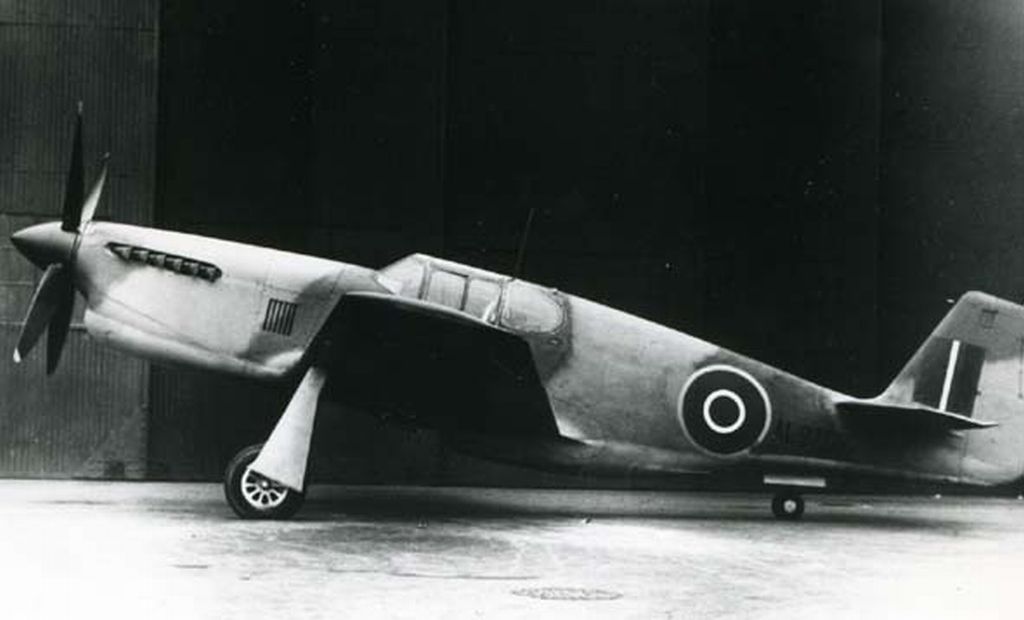
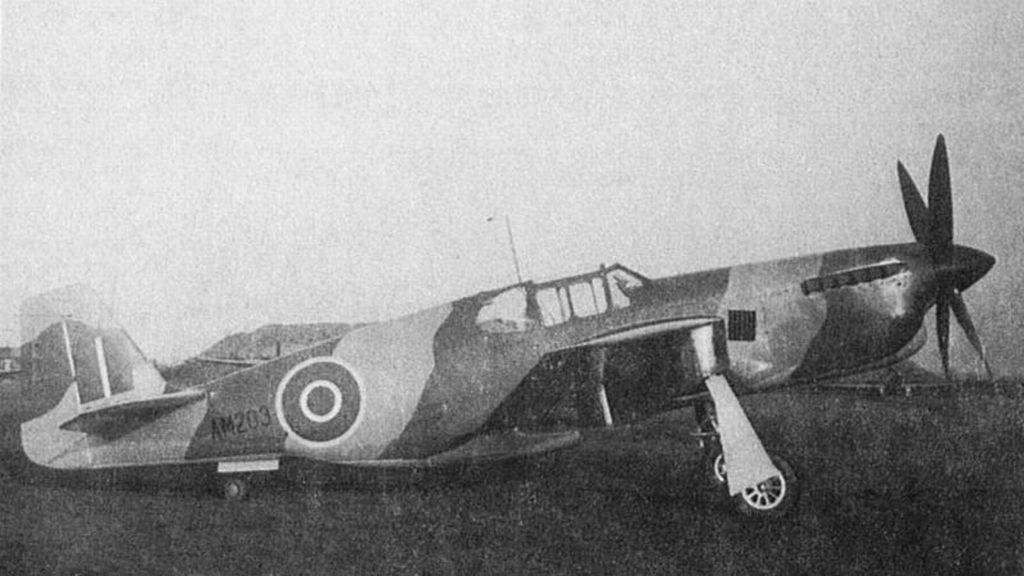

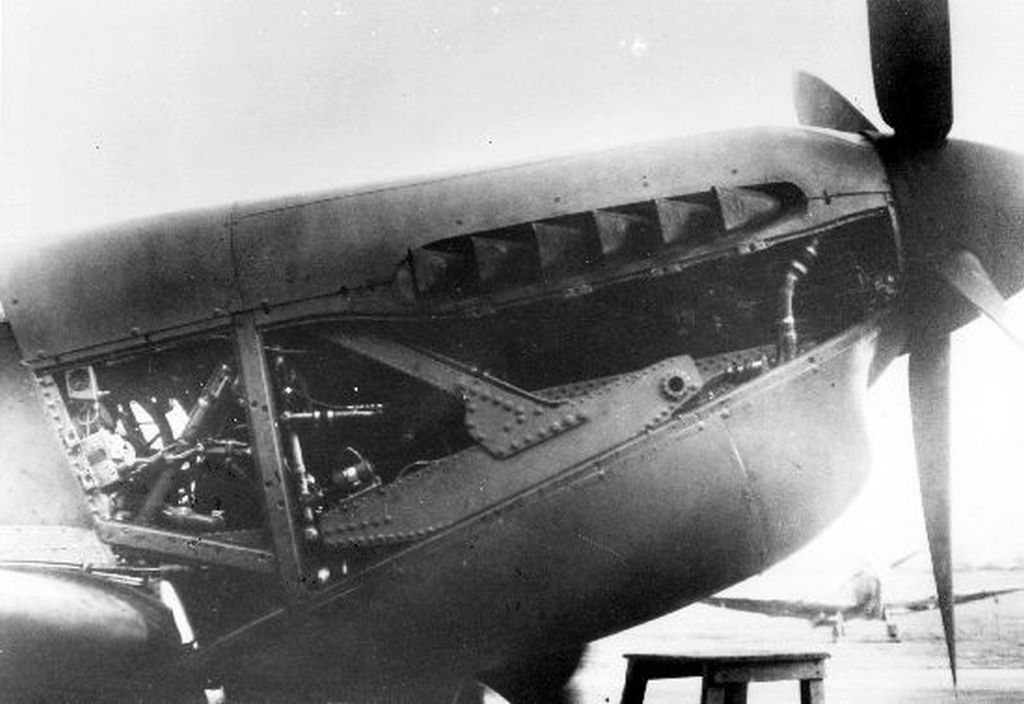
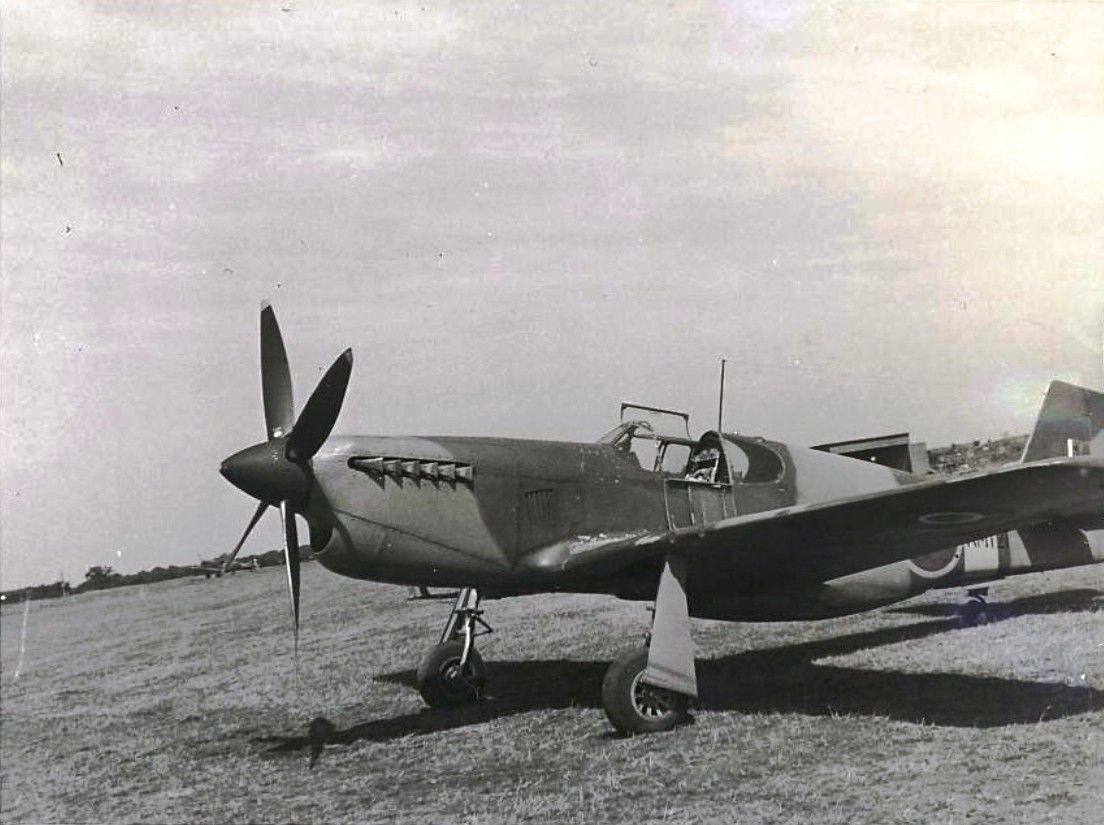

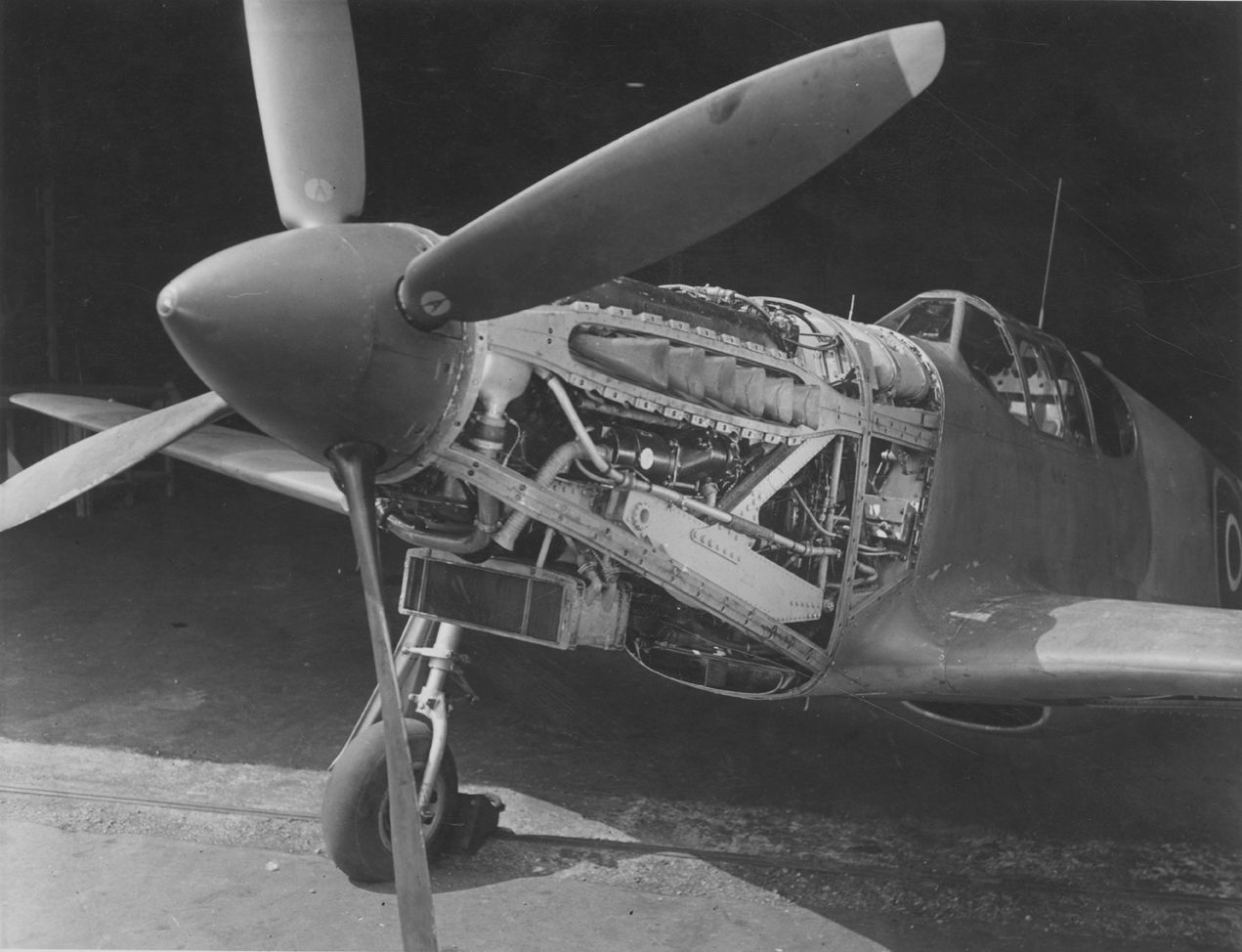
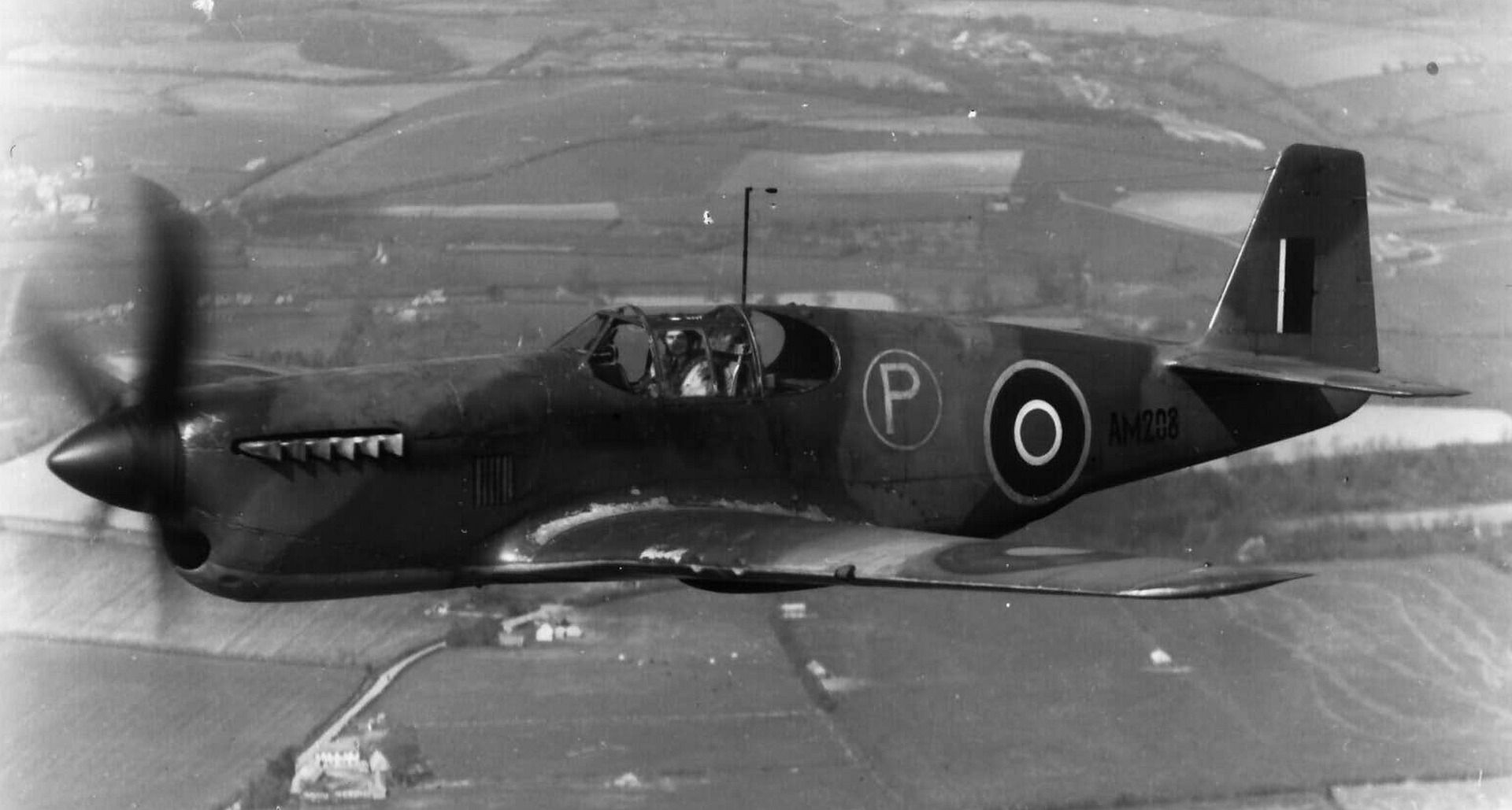
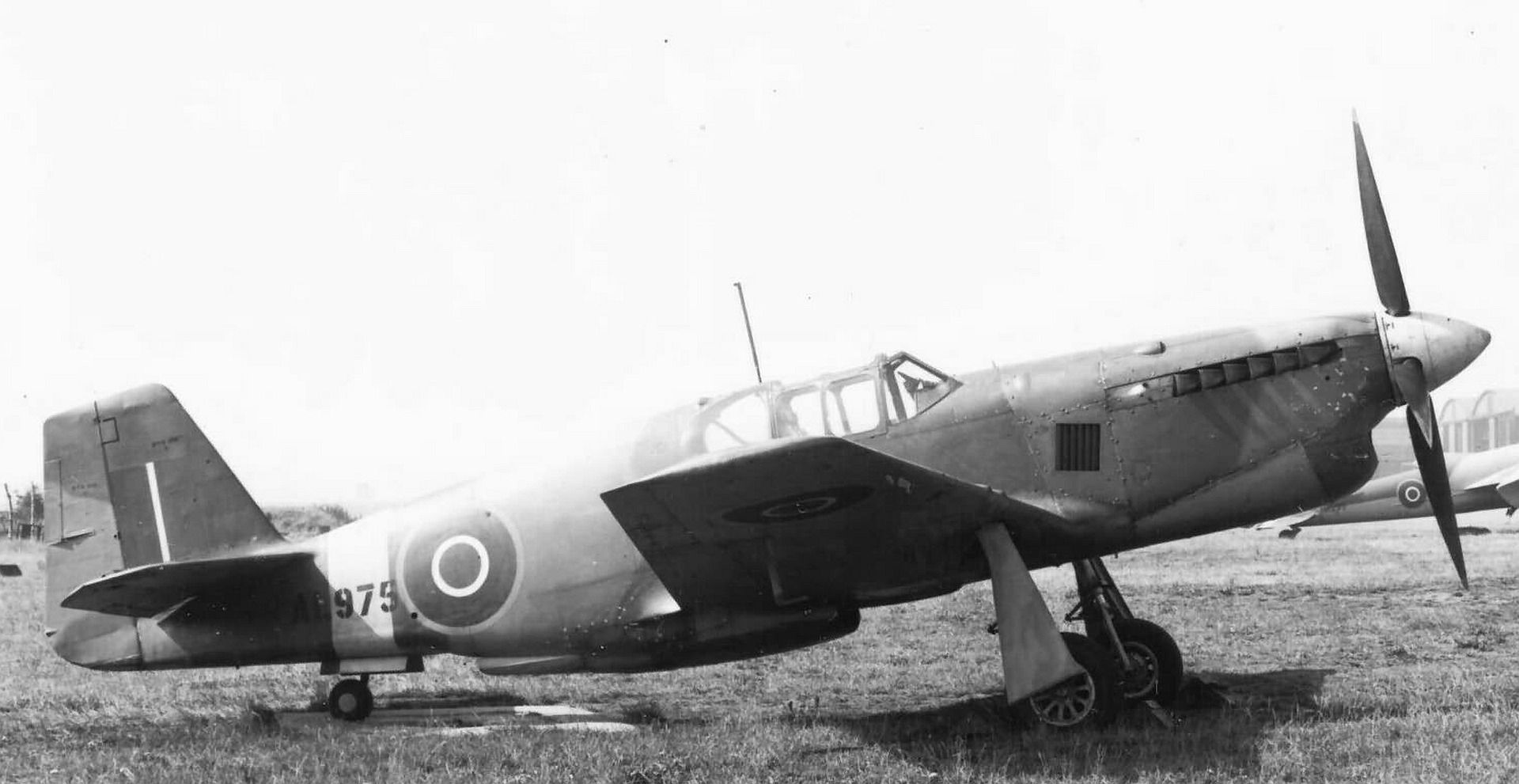
Regards Duggy.
Post a reply
- Go to Previous topic
- Go to Next topic
- Go to Welcome
- Go to Introduce Yourself
- Go to General Discussion
- Go to Screenshots, Images and Videos
- Go to Off topic
- Go to Works in Progress
- Go to Skinning Tips / Tutorials
- Go to Skin Requests
- Go to IJAAF Library
- Go to Luftwaffe Library
- Go to RAF Library
- Go to USAAF / USN Library
- Go to Misc Library
- Go to The Ops Room
- Go to Made in Germany
- Go to Campaigns and Missions
- Go to Works in Progress
- Go to Juri's Air-Raid Shelter
- Go to Campaigns and Missions
- Go to Works in Progress
- Go to Skinpacks
- Go to External Projects Discussion
- Go to Books & Resources
